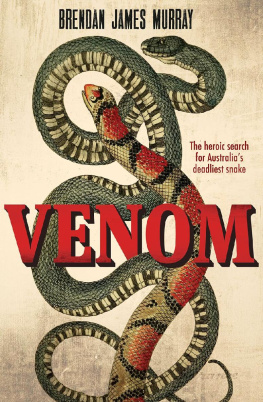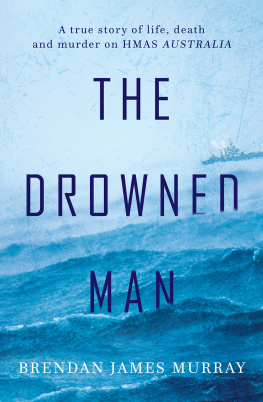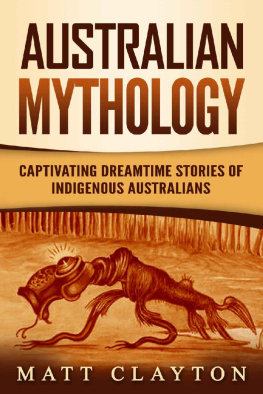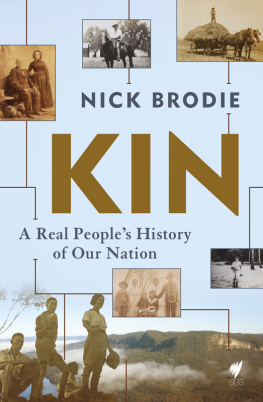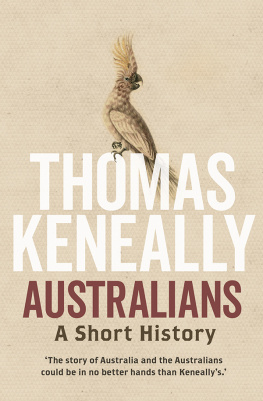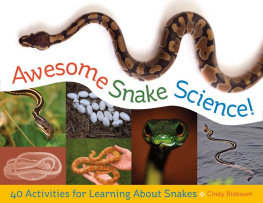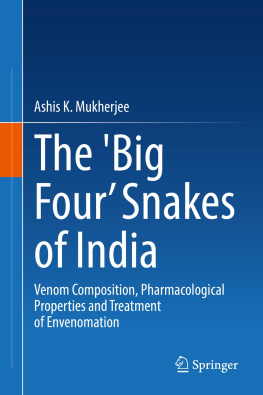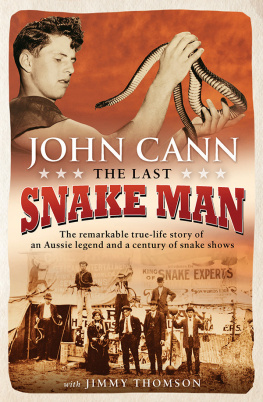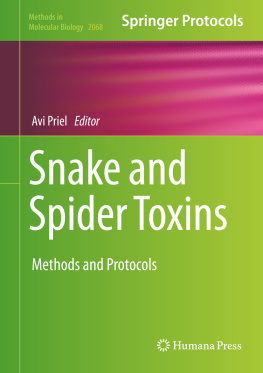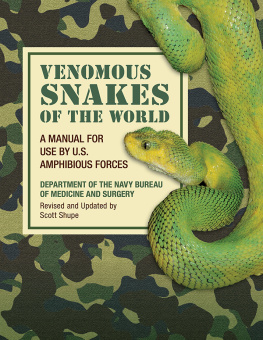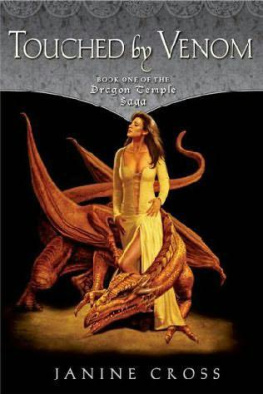Acknowledgements
As is always the case, this book would not have been possible without the cooperation, support and encouragement of a great many people. My patient and loving family (especially my fiance, Greta Burns) are the sole reason I am able to indulge my passions and, in some cases, obsessions.
Words cannot express the gratitude I feel to the Indigenous Australians who either shared their stories with me, shared their writing with me, or read my work and provided feedback on how I could make the narrative more authentic. George Rosendale, of course, is the heart and soul of this book, and meeting him has made me a better person. I am also indebted to Roy McIvor and his wife Thelma, as well as Paloma Ramos at the Canopy Arts Centre, who helped me get in touch with one of this countrys most gifted Indigenous artists. Professor Kerry Arabena of the University of Melbournes School of Population and Global Health was another brilliant contact. During our brief interactions, Professor Arabena opened my eyes in a great many ways. All the staff at the Hope Vale Aged Care Facility were also fantastic, particularly their committed manager, Denise Graham. The men and women who shared stories of their interactions with taipans (or their family members interactions with taipans) brought to life what could have been a cold, scientific text. Eternal thanks are offered to John Cann, John Dwyer, Rosemary Fleay-Thomson, Roy Mackay, Albert and Nolear Ramsamy, and Bruce, Keith and Beverley Stringer.
Many passionate scientists and herpetologists (both professional and amateur) helped me build on my knowledge of the taipan, or pointed me towards people with the answers I needed. These included Gerry Swan, Michael Duncan and Dr Glen Shea (all of the Australian Herpetological Society); veterinarian and taipan-keeper Dr Trent Van Zanten; Barry Goldsmith of Snake Catcher Victoria; Peter Mirtschin, now retired but formerly of Venom Supplies Pty Ltd; Dr Bryan Greig Fry of the University of Queensland; Dr David Williams and Dr Kenneth Winkel, both of the University of Melbourne; Alf Brogan, now retired but formerly of Commonwealth Serum Laboratories; and Michael Cermak, zoologist and gifted wildlife photographer.
A number of friends and colleagues offered to read and provide feedback on draft manuscripts. In addition to my stalwart supporters (Debra, Bob, Tim and Rachel Murray), these included Nicolle Brigden, Ashlee Clarke, Emily Elliott, David Hawking, Samantha Jeacle, Tamara Jones, Franz Mahr, Duncan McGann, Tracey Meikle, Erica Menting, Debbie and Graham Murray, Glenn Powel, Ian Toohey, Yuri Setnik, Monica Summer, Bridgett Verwey and Andy Wain. Scott Meades also provided some technical assistance with photographs.
I am thankful to Julia Taylor, formerly of Echo Publishing, for once again believing in my writing and supporting me in many ways. I feel an equal amount of gratitude to Liz Filleul (my editor), as well as Clive Hebard and Kay Scarlett at Echo Publishing.
Lastly, a thanks to my regulars in the school Write Club: Baronica King and Jemma Tolson. When your first books come out, Ill be at the head of the line for a copy.
Authors note
Writing about Indigenous issues and experience from a non-indigenous perspective is extremely problematic. Like so many white Australians, I acknowledge that two centuries of colonial oppression have brought me here, to this land, in a position of largely unearned privilege. There were times when I wondered if I had the right to be telling some of these stories at all. Ultimately, the openness and warmth of the Indigenous men and women with whom I spoke inspired me to continue. I dont claim to speak for them here; I only hope that, in my own way, I have been able to highlight some of their experiences as I see them. This work is my apology.
Every effort has been made to construct the following events in accordance with fact. However, any errors or inaccuracies are the fault of myself alone not any of the people named in this book, or with whom I spoke in the course of my research.
Finally, snakebite cures developed by Western scientists have been known by many names over the years: antivenenes, antivenins and anti-vaccines, to list only a few. For the sake of simplicity, the contemporary term antivenom is used throughout this book, except in a few cases where maintaining an original quote seemed appropriate.
Brendan James Murray, 2017
About the author
Brendan James Murray lives with his partner, Greta, on Victorias Mornington Peninsula and teaches in a large government school. His first book was The Drowned Man: A True Story of Life, Death and Murder on HMAS Australia.
Chapter 1
The house in the canefield
Had he been conscious, George Rosendale may have thought of many things as he lay dying in the back of the rusted flatbed. He could have thought of how rough the road was, the fact it was at least fifty kilometres to the hospital at Cooktown, and that there wouldnt be any cure waiting for him when they arrived anyway.
Light flickered on the other side of his closed eyelids as he drifted in and out, between this world and the next. The Cape York sun lay upon his skin like the flames of a crematorium. His leg thudded with pain, not from the snakebite but from where Clarrie Hartwig had sheared it to the bone with a chisel. There was no antivenom, he had said, so they needed to get the venom out by any means possible. Afterwards he had burnt the flesh with wax matches. George Bowen, the old grandfather, hadnt been able to make it bleed, but Hartwig had done perhaps too good a job.
Rosendale had lost a lot of blood. The flow was controlled now, a tourniquet choking his thigh, but still streams of it rolled with the movements of the truck, slithering against his back.
The whole thing had played out like some kind of biblical horror story, rich in symbolism: Rosendale, not yet twenty years old, standing on the site of the Hope Vale church after a morning of stacking timber; the lightning appearance of the snake, its copper scales shining like the armour of a hoplite as it shot out from beneath some planks, mouth agape.
He wasnt dead yet but soon would be, never dreaming that he could come out the other side only to die again and again.
The truck bounced, jolted, moving in and out from light to shade. Rosendale smelt the hot, verdant breath of the jungle and tasted the red dust in his mouth. The snake nguman , what most were now calling the taipan had been huge, close to eight feet, and had hung onto his ankle with such ferocity that he had needed to kick it off. That meant one thing: lots of venom was in his body, no matter how much had pumped out of the severed arteries in his leg. In his mind, he had no chance of survival.
Had he been fully conscious, Rosendales life could have come back to him in flashes. There were many things he could have remembered.
He may have remembered being a little boy again, sitting among the other bored children at Sunday School. The priest was lecturing them on the origins of language.
Once, everyone on earth spoke in the same tongue, the old man explained, his palms spread, his white collar somehow ludicrous in the sticky heat of the morning. In the Middle East, they began to build a great tower the Tower of Babel.
Rosendale listened with increasing frustration as the priest continued, explaining how God punished the people for their pride by taking away their ability to understand one another.
These people were then scattered across the globe.
Unable to contain himself any longer, Rosendale raised one small, brown hand. There was a hushed moment. Every face in the room turned on him.

